Cutting-edge calculations: diamond fever or hard-metal reality?
METAV 2014 to showcase solutions for optimum machining of lightweight materials
Frankfurt am Main, 31 January 2014. – Marilyn Monroe simply didn’t know any better back then: “Diamonds are a girl’s best friends” she warbled more than 50 years ago – meanwhile, diamonds have long since also been numbered among the best friends of innovative machiners of lightweight materials. They are running head-to-head with hard-metals, which are likewise numbered among the friends of lightweight material machiners. The METAV 2014 in Düsseldorf from 11 to 15 March offers a forum to both of them.
The broad bandwidth of present-day lightweight materials also necessitates a concomitantly broad choice of cutter materials. In the estimation of Dr. Steffen Reich, Head of Research and Development at GFE – The Society for Production Technology and Development in Schmalkalden, besides the use of “classical” cutter materials for lightweight construction jobs, like polycrystalline diamond PCD) or monocrystalline diamond (MCD), “the use of coated (not diamond-coated) hard-metals can be expected to gain in importance. This is because the unsurpassed universality of hard-metal enables almost any desired combination of materials to be machined. In addition, there are definite advantages, too, in terms of procurement costs.”
The use of monocrystalline diamonds, says Reich, “will continue to be restricted to the ‘upmarket niche’ of creating high-gloss surfaces; for this, there is as yet no real alternative. Use in further areas that can also be covered by other cutter materials cannot be anticipated, due to the high costs involved.” PCD and CVD thick-layer diamonds coated using chemical vapour deposition definitely constitute competing cutter materials in some categories of application. The use of PCD tends to lie mostly in the field of roughing operations, whereas the CVD thick-layer diamond is typically utilised in the finishing pass. The expert from Schmalkalden, however, emphasises that not all lightweight materials can be machined with diamond, whatever the specific form involved: “Other cutter materials, like coated hard-metal, are required here.”
The question of a longer useful lifetime, can “be answered neither categorically nor seriously”, he adds, since the answer will depend on the application and the type of cutter material involved: “In the case of purely abrasive wear and tear, of course, the harder diamond will have advantages over hard-metal. However, if other wear mechanisms are involved (diffusion, adhesion, etc.), or even dominant, then the advantage may also lie with hard-metal.”
As in other fields of machining, too, the choice of tools should not be governed by the useful lifetime, but by the production costs. This means it may be quite sensible to use a tool that in comparison to a competing product exhibits a shorter useful lifetime, but, for example, enables production costs to be downsized thanks to higher machining parameters.
When machining carbon-fibre-reinforced plastic components and special materials, such as graphite, diamond coatings have meanwhile become a generally accepted option. They are here competing in some applications with PCD in particular. Further improvements in regard to morphology in the edge sharpness can be expected in the future. Unfortunately, says Reich, “the problem of decoating has not yet been solved. Also, other carbon coatings are likewise gaining in importance. The main focus here is on machining materials with a higher tendency towards adhesion.”
One option of steadily increasing importance for expanding the range of applications for cutter materials is laser machining of cubic-crystalline boron nitride (CBN) and diamond materials. “By incorporating chip groove geometries and cutting edge preparations, the range of applications for the cutter materials can be expanded. The restrictions applying up to a few years ago, especially in regard to chip groove geometries, have been overcome. This particularly benefits the process-dependability of the tools concerned, and compensates for existing deficits in competition with other cutter materials, such as diamond-coated hard-metal”, explains Reich. At the METAV 2014, he admits, “no technical innovations are expected on a wide scale, but there will definitely be some interesting discussions.”
Hard-metal for small diameters – diamond and CBN for stable processes in series production
In the view of Dr. Stefan Sattel, Head of Research and Development at Gühring KG, Albstadt, hard-metal tools are primarily used for diameters of less than 10 mm: “With hard-metal, complex geometries for drilling and milling operations can be implemented without any problems even for the small diameters.” For efficient machining of hybrid structures, such as combinations of carbon-fibre-reinforced plastics, aluminium, titanium and VA-steel, he adds, full-hard-metal tools are likewise indispensable.
PCD/CBN tools, by contrast, promise stable processes in series manufacturing operations. “Thanks to the sharp cutters, the fibres can be neatly severed. Abrasive composite materials, too, can be machined without delamination. What’s more, high cutting speeds can be achieved.”
“Both cutter materials provide exceptionally good characteristics for metal-cutting jobs, and, depending on the application concerned, have different advantages. In this context, the use of self-sharpening geometries opens up entirely new options for machining lightweight materials”, says Sattel. In order to achieve maximised tool lifetimes, he adds, diamond coatings in conjunction with hard-metal tools are absolutely essential: “There is a definite trend towards nano-structured layers for maximum protection against wear and tear”. From the METAV 2014, the R&D boss expects “progress in the use of vibration-supported machining (oscillating feed), new trends in laser-machined diamond tools and new findings regarding the use of cryotechnology in machining processes for carbon-fibre-reinforced plastic materials.”
Geometry optimisation for the particular application involved
Peter Büttler, Director Business Development at Komet Schweiz AG and responsible for the lightweight construction operations of the Komet Group in Besigheim, clarifies: “The principal focuses of development work lie in geometry optimisation for an enormous variety of different machining jobs and materials.” Diamond tools (PCD) should always be used under maximally stable machining conditions. Uncoated or in some cases also diamond-coated tools are a preferred choice for manual or robot-controlled jobs. Compared to hard-metal, MCD or PCD “are the significantly harder materials, and perform substantially better in the durability test.”
For Sönke Lange, Key Account Manager Aircraft at Kromi Logistik AG, Hamburg, it is “not always the supposedly best tool that is also the most sensible choice in terms of cost-efficiency”. The multiplicity of coatings featuring light-metal and fibre composite materials, he adds, also necessitates different machining strategies, in order to prevent delamination, for instance. Depending on whether the machining process involved is controlled manually, semi-automatically or fully automatically, entirely disparate requirements will be entailed for the machining tool. Monocrystalline diamond will find suitable applications here, as will polycrystalline or coated tools.
How long a tool will remain sufficiently sharp is essentially decided by the process itself: “Replacement of a blunt tool during an ongoing process is generally counter-indicated for financial reasons. In the case of near-series processes, there is for carbon-fibre-reinforced materials accordingly a trend towards diamond-coated full-hard-metal tools, since they achieve a higher level of cost-efficiency in the abrasive materials concerned.” Lange is certain that at the METAV 2014 “the development of tool coatings will be a major focus – for example, how new base materials can support the production process and the machining characteristics of the tools involved.”
Diamond stays sharp for longer – hard-metal stays affordable for longer
Heinz Peter Boost, Head of Product Management at Seco Tools GmbH, Erkrath, has a succinct answer to the question of diamond or hard-metal: “Diamond cutters score heavily in terms of enormous useful lifetimes, which in series production, particularly, are of crucial importance. Hard-metal tools based on inserts, both uncoated and polished and also coated, provide the user with an interesting alternative when the costs per cutter are a major consideration.”
And the useful lifetimes? Here, too, there comes an unequivocal answer: “Diamond stays sharp for longer, hard-metal stays affordable for longer. Whenever stringent requirements for toughness apply for the process concerned, and unfavourable machining conditions are involved, then coated, tough hard-metal types may sometimes remain sharp for longer. This has been evidenced by recent studies conducted under the aegis of universities, in which uncoated polished inserts were used in comparison to coated and diamond-studded ones. Here, the coated hard-metal inserts scored better by reason of the longest useful lifetimes.”
From the METAV 2014 Boost expects a multiplicity of new solutions for machining lightweight materials and – “if you also number titanium among the lightweight materials – some interesting innovations from Seco Tools in all the fields mentioned.”
Author: Walter Frick, specialist journalist from Weikersheim
At the METAV 2014 in Düsseldorf from 11 to 15 March, two events will be addressing subjects themed around metal-cutting and lightweight materials.
Technology Forum “Tools and Surface Technology”
At the international METAV Technology Forum on “Tools and Surface Technology”, new products, technologies and services to meet and master the challenges of the future. They will be showcasing the latest advances and applications for machine tools and high-precision tools, particularly on the topics of “Machining difficult-to-cut materials” and “Machining complex surfaces and geometries”.
When: 12 March 2014 (1 to 5 p.m.) and 13 March 2014 (9.00a.m. to 1.00 p.m.)
Where: CCD Congress Centre East, Room R
Language German
Participation fee: 240 euros plus VAT; participation on only one day possible on request
Organisers: GFE – The Society for Production Technology and Development in Schmalkalden, the Special Section for High-Precision Tools in the VDMA, Frankfurt
am Main, VDW German Machine Tool Builders’ Association, Frankfurt am Main
Contact person: Prof. Dr. Frank Barthelmä, GFE, Tel. +49 3683 6900-20, [email protected]
Expert Forum on Composites
At the METAV 2014 in Düsseldorf, MM CompositesWorld, Würzburg, in conjunction with Carbon Composites e. V., Augsburg, will from 11 to 14 March be hosting an Expert Forum for modern production and automation solutions used in machining fibre composites. Every day, there will be several presentations lasting about 45 minutes each, including:
Hybrid tape-laying head for laser-supported machining of common semi-finished products made of fibre-reinforced plastics
Dr. Michael Emonts, Fraunhofer Institute for Production Technology IPT, Aachen
Strategies for machining fibre composites
Alistair Forbes, Fraunhofer Institute for Manufacturing Engineering and Automation IPA, Stuttgart
Optical quality testing for machining fibre composite workpieces
Adrian Klieber, Fraunhofer Institute for Manufacturing Engineering and Automation IPA, Stuttgart
Interim results from the latest studies on splice preparation
Olav G. Schulz, SLCR Lasertechnik GmbH, Düren
High-performance tools for machining carbon-fibre-reinforced plastics
Christian Gauggel, Gühring KG, Albstadt
When: 11 to 14 March 2014
Where: Halle 15, Stand B47
Language: German
Organiser: MM MaschinenMarkt and MM CompositesWorld, Würzburg
Contact person: Karolina Endrich, Vogel Business Media, Würzburg, Tel. +49 931 418-2299, [email protected]
Background
METAV 2014 in Düsseldorf
The next METAV will be held in Düsseldorf from 11 to 15 March 2014. In the even-numbered years, it is now firmly established as an important technology window showcasing the entire spectrum of production technology for manufacturers and customers from all over Europe. The METAV showcases the entire spectrum of production technology, focusing primarily on machine tools, manufacturing systems, high-precision tools, automated materials flows, computer technology, industrial electronics, and accessories. The target group for the METAV’s visitors includes all branches of industry that machine metal, particularly machinery and plant manufacturers, the automotive industry and its component suppliers, the aerospace sector, the electrical engineering industry, energy and medical technology, plus metalworking and the craft sector. At the last METAV in 2012, around 700 exhibitors from 26 different countries showcased their products, their manufacturing solutions and their service capabilities. They attracted around 40,700 experts from more than 30 different nations.
New at METAV 2014: in conjunction with Messe Erfurt, the METAV’s organiser VDW will for the first time be addressing the issue of additive manufacturing in medical technology under the aegis of the Metal meets Medical special show.
Your contact persons:
GFE - Gesellschaft für Fertigungstechnik und Entwicklung Schmalkalden e.V.
Dr.-Ing. Steffen Reich
Head of Research and Development
Näherstiller Strasse 10
98574 Schmalkalden
GERMANY
Tel. +49 3683 6900-37
Fax +49 3683 6900-16
[email protected]e
www.gfe-net.de
Gühring KG
Jasmin Herter
Text & Editing
Herderstrasse 50-54
72458 Albstadt
GERMANY
Tel. +49 7431 17-21320
Fax +49 7431 17-21580
[email protected]
www.guehring.de
For Komet: k+k-PR GmbH
Agency for Press and Public Relations Work
Wolfgang Klingauf
Von-Rad-Str. 5f
86157 Augsburg
GERMANY
Tel. +49 821 524673
Fax +49 821 22939692
Mobile +49 171 5308467
[email protected]
www.kk-pr.de
Kromi Logistik AG
Dr.-Ing. Marcus Mey
Tarpenring 7-11
22419 Hamburg
GERMANY
Tel. +49 40 537151-0
Fax +49 40 537151-99
[email protected]
www.kromi.de
Seco Tools GmbH
Gudrun Winkler-Schmitt
Marketing Service and Communication
Steinhof 24
40699 Erkrath
GERMANY
Tel. +49 211 2401-381
Fax +49 211 2401-55381
[email protected]
www.secotools.de
You will find texts and pictures on the internet under www.metav.com in Press Service. You can also visit the METAV through our social media channels:






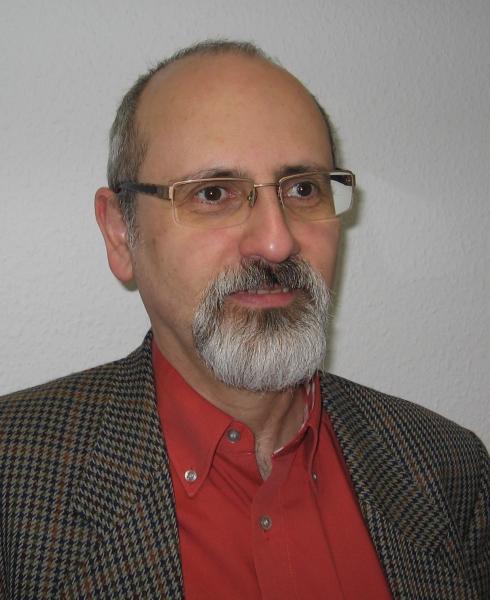
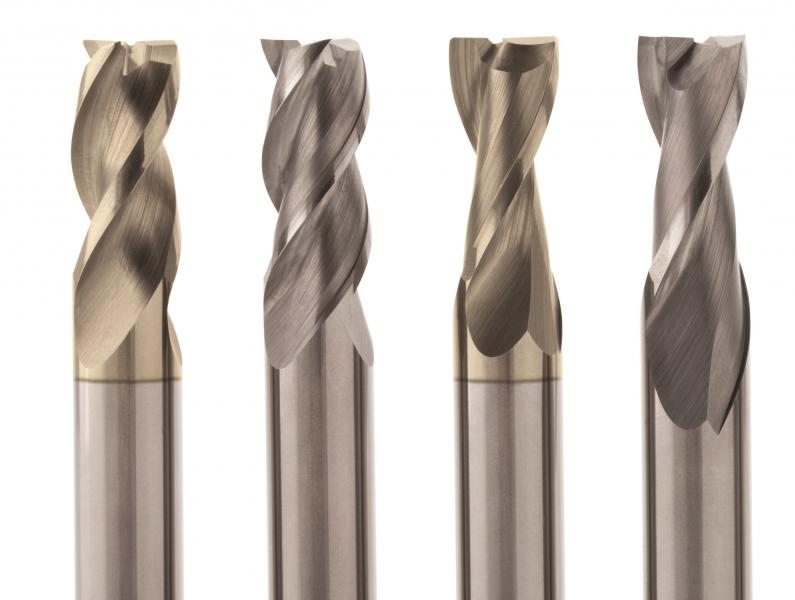
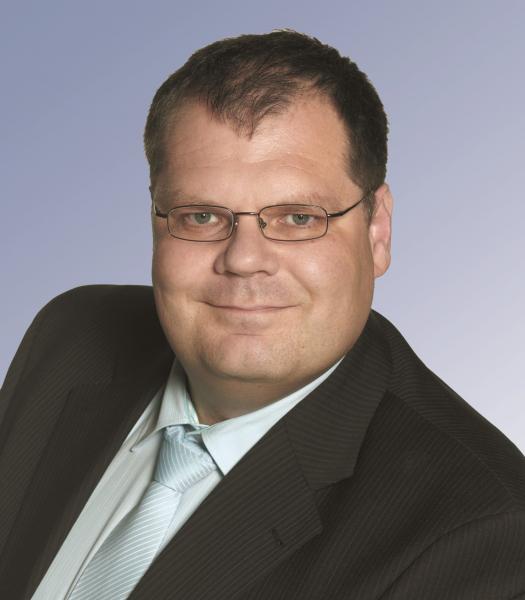
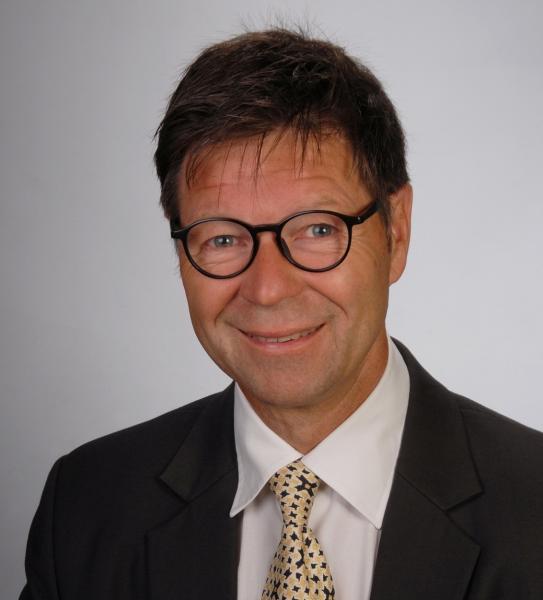
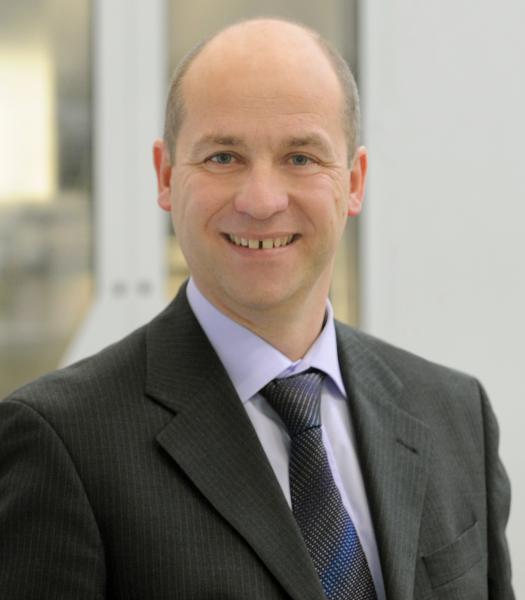
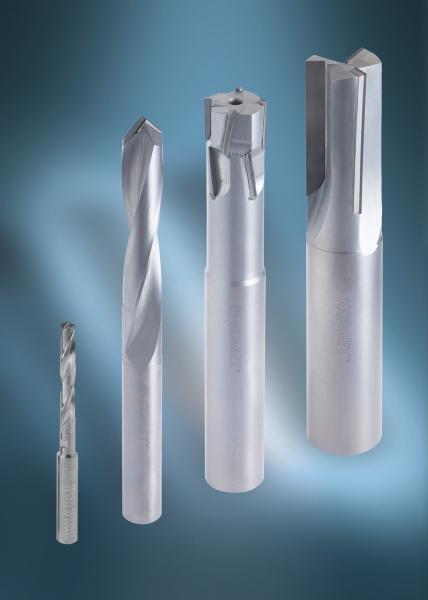
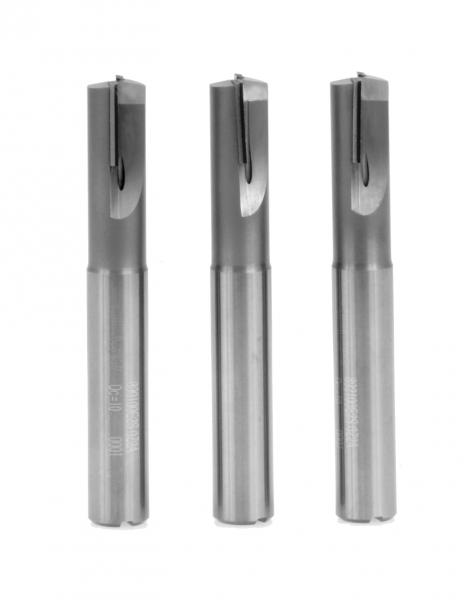
 Germany
Germany 